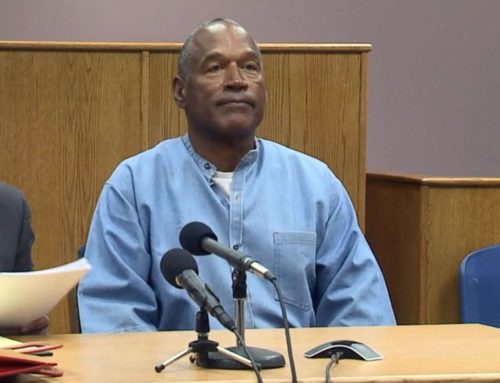A recent plea deal was reached in the case of a man who was shot and killed by his own wife, and then buried in a pile of barnyard waste. The body was discovered,and the man’s wife initially pleaded that she was not mentally competent to stand trial. The trial court, after hearing the evidence in this matter, determined that the defendant was in fact mentally capable. Shortly after the verdict, the defendant pleaded guilty to first-degree manslaughter, and will serve a determinate sentence to be handed down by the trial judge.
Explaining Determinate Sentencing
What is a determinate sentence? As the name suggests, it is a sentence that has a fixed or determined length, which cannot be shortened by a parole board to any less than six-sevenths of the original length of service. If the defendant is sentenced to twenty years for the conviction in this case, she will spend at least the next seventeen years behind bars. This law is applied to first-time violent felony offenders, under the terms of a law enacted in 1998.
The alternative to a determinate sentence is, of course, an indeterminate sentence, which allows for a range of years for the sentence, subject to parole board review after a certain length of time has passed. A defendant sentenced to fifteen to twenty years in an indeterminate sentence would become eligible for parole much earlier than the seventeen years required to be served for a determinate sentence.
Determinate sentences also provide for post-release supervision periods ranging from 1 ½ to three years for class D and E felonies, and 2 ½ to five years for class B and C felonies.
The Costs of Being Determinate
Determinate sentencing which requires first-time felony offenders to spend the vast majority of their sentences behind bars sounds like a great idea. After all, the man who ended up dead and buried in a pile of manure won’t be coming back, ever. But the disadvantage of this approach is that it adds extra costs onto an already overburdened prison system. According to a recent analysis of 25 years of correctional department data from eight states, including New York, it was discovered that 88 percent of new correctional dollars were spent on housing prison inmates, where only a small percentage of the incarcerated population is held. 70 percent of incarcerated offenders are in local correctional facilities such as jails, which receive only about 12 percent of new correctional funding.
The age of the defendant in this case is also worth considering. At nearly 50 years of age, she is well past the age where she would be considered a threat to society at large. Incarcerating her well into her sixties will bring considerable expense to the state’s taxpayers, and the additional years imposed through determinate sentencing will bring diminishing returns over time.
Punishment and Crime
Should someone who admits to manslaughter be punished for his or her crime? Of course, but that is not the point. Requiring that longer sentences be served by all first-time violent offenders places–in some circumstances, at least–an undue cost and strain upon the state’s already overcrowded correctional system. While a sixty-year-old convicted killer is very unlikely to kill again, determinate sentencing endeavors to remove all doubt. But at what cost to the rest of the system?
Have a criminal charge in New York? Let the AX criminal team offer you a free case consultation anytime; (518) 675-3094.
DISCLAIMER: The exclusive purpose of this article is educational and it is not intended as either legal advice or a general solution to any specific legal problem. Corporate offices for Nave Law Firm are located at 432 N. Franklin Street, Suite 80, Syracuse, NY 13204; Telephone No.: 1-866-792-7800. Prior results do not guarantee a similar outcome. Attorney Advertising.




